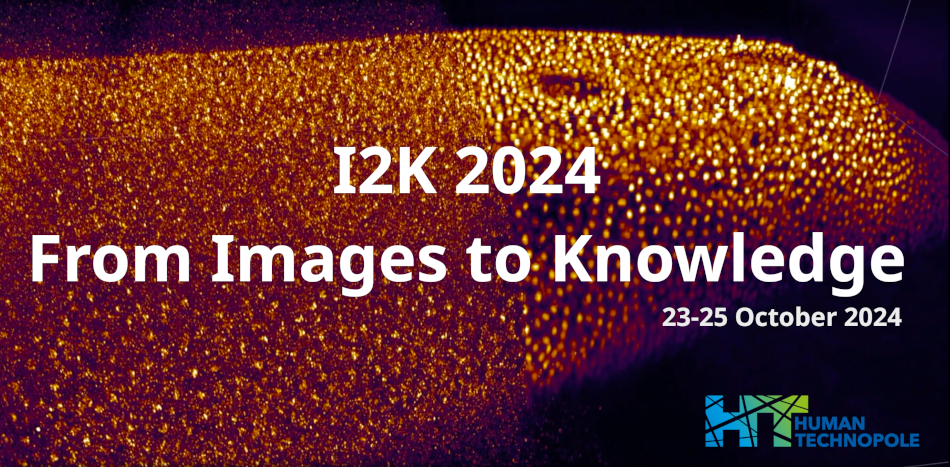Speaker
Description
Although we have sequenced the entire genome, we still do not understand how many diseases evolve and progress. This is partly due to the challenge in observing the nanometre scale interactions of flexible DNA molecules, and the large conformational landscape that can encourage or inhibit some protein binding mechanisms. Our atomic force microscopy (AFM) techniques can probe biomolecular structures in native-like states and image single molecules with sub-molecular resolution. However, current analysis tools do not readily facilitate the quantification of these observations, resulting in predominantly qualitative analyses and thus subtle phenomena within the images often go undetected. This project uses machine learning clustering techniques to identify and quantify the heterogeneity present in mixed samples, distinguishing between distinct biomolecules such as DNA and protein, and combining this with autoencoders to identify further conformational variation present within the populations of the same sample. Our methods enable quantification of conformational changes induced by DNA supercoiling and the implications these have upon protein binding affinity, demonstrating how AFM can be employed to precisely quantify and characterise the structure of DNA and its interactions.
| Authors | Max Gamill*, Laura Wiggins, Alice Pyne |
|---|---|
| Keywords | AFM, Machine Learning, Clustering, DNA, Protein |

